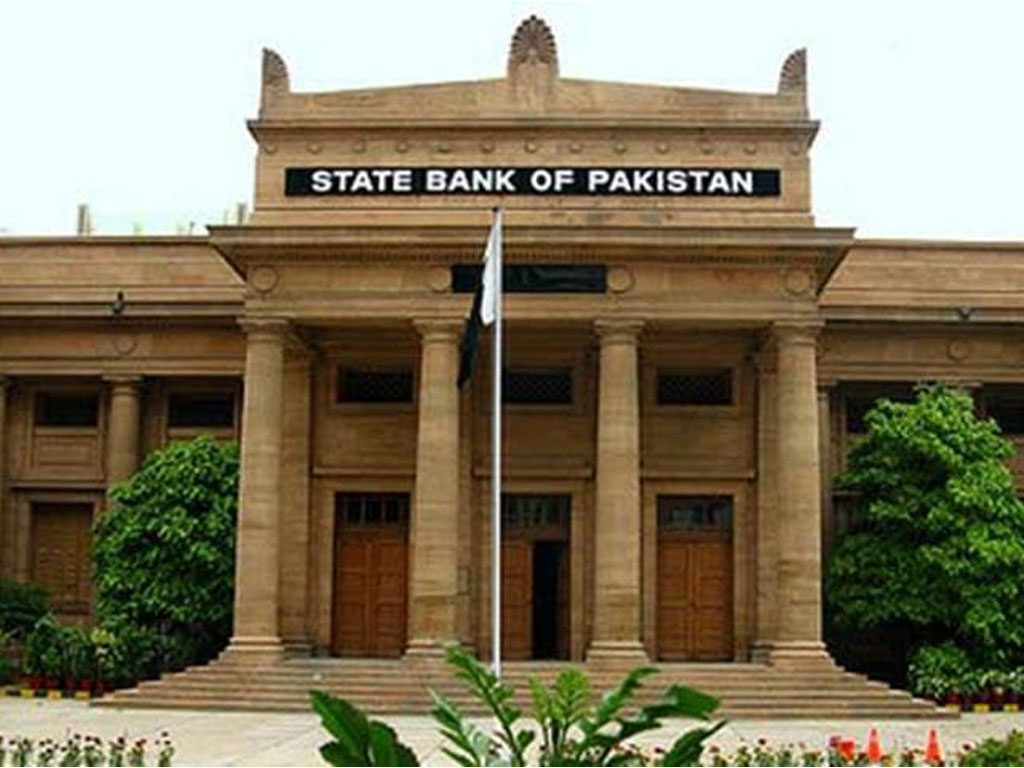 The monetary policy is to be announced on Monday- two months after the previous policy, and a day before a high level IMF delegation lands. The policy may not have direct bearing with the IMF team’s visit, but seeing the fiscal outages, rate cut is not on the cards. At the same time, there is immense pressure from the business community on the heightened cost of borrowing; this whilst falling inflationary expectations and improved current account balance, chances of rate hike are thin.
The monetary policy is to be announced on Monday- two months after the previous policy, and a day before a high level IMF delegation lands. The policy may not have direct bearing with the IMF team’s visit, but seeing the fiscal outages, rate cut is not on the cards. At the same time, there is immense pressure from the business community on the heightened cost of borrowing; this whilst falling inflationary expectations and improved current account balance, chances of rate hike are thin.
Status quo seems to be the plausible option. The inflation expectations of IMF were 13-13.5 percent while SBP spelled out 11-12 percent in last communication. With falling commodity prices and depressed global demand outlook, the SBP may revise down its inflation expectations to 10-11 percent.
According to sources, a soft commitment with the IMF is to keep real interest rates well in positive – some say, at 300 bps. If that is true, even with inflation forecast of 10-11 percent, easing is not on the cards. Had the expectations not softened, another rise could have been the case. There are reasons for decline in the second quarter as core inflation is lower than headline, and the CPI may taper off in second half.
In the last monetary policy statement, SBP gave a clear direction on the policy. It was almost explicitly written that there is an end to upward cycle – an increase of 725 bps since Jan-18 to reach 13.25 percent. “Going forward the MPC will be ready to take action depending on economic developments and data outturns. Unanticipated increases in inflation that adversely affect the inflation outlook may lead to further modest tightening. On the other hand, a greater than expected softening in domestic demand and downward revision in projected inflation would provide grounds for easing monetary conditions.”, stated the MPS on 16th July 2019.
The punch line is lower demand and inflationary expectations than what was anticipated. The SBP is now trying to build credibility and a clear policy direction which was simply missing in the previous Governor’s time. Inflation is likely to taper off after peaking in September and the CAD is likely to remain sustainably low – at around $500 million per month.
The SBP may not look to cut down rates now right after increase of 250 bps in the last two policy announcement. The inflation was expected to ease even at the time of last announcement, but rate was hiked. People took that with surprise and it was widely criticized, even by commentators like Pasha and Waqar Masood.
Seeing the last increase, the rumour of having 300 bps real interest rates agreed to the IMF appears to have more meat. World over central banks are running easing policies and are talking of monetary stimulus, the need is to bring real interest rates under 300 bps, for sure. Donald Trump recently tweeted that Federal Reserve should get interest rates down to zero or less; and US should start to refinance its debt.
Pakistan should think on these lines as well. Higher interest rates mean higher cost of borrowing from domestic debt – two third of banking sector credit stock is with government. And in the absence of SBP borrowing amid slipping fiscal deficit, even higher percentage of incremental credit is extended to the GoP.
But theory says that high fiscal deficit is fueling domestic demand and to curtail, it more tightening is required. The tightening will have its adverse impact on tax collection due to economic slowdown and may let primary deficit slip. It is a vicious cycle – there is a limit to how interest rates can play a role in lowering fiscal demand – sticky expenses will be there regardless of rates. Domestic banking system has to finance invariably.
The need is to see the economy as a whole; and the expectations of easing policy ahead are building. The 1-year bond cut off yield reduced by 31 bps in this week’s auction and the bond is trading at further discount. The case of PIBs is no different. The inversion of yield curve in now starting from 6-month paper. The market is surely expecting significant easing in the second half; but nothing for now.





















Comments
Comments are closed.